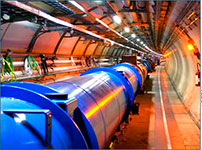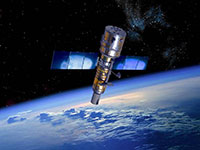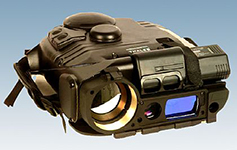Designing and providing customized
Cryogenic and Vacuum systems for:
- Scientific and Testing Devices
- Superconductivity Systems
- Imaging
- Thermal Images
- Space & Surveillance
- Homeland Security
- Communication systems




Quenching Analysis and Optimal Solution
React rapidly to protect the integrity of the coils. Magnet quenches aren't expected often however it is necessary to plan for them. During a quench, temperature, voltage and mechanical stresses increase—not only on the coil itself, but also in the magnet feeders and the magnet structures. A quench that begins in one part of a superconducting coil can propagate, causing other areas to lose their superconductivity. As this phenomenon builds, it is essential to discharge the huge energy accumulated in the magnet to the exterior of the system. Quenches may occur as the result of mechanical movements that generate heat in one part of the magnet. Variations in magnetic flux or radiation coming from the plasma can also cause quenches, as well as issues in the magnet cryogenic coolant system.




